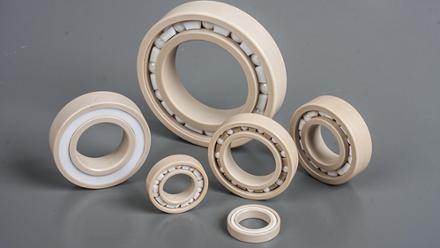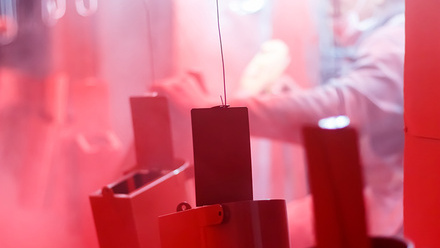Speeding up 3D printing of glass and ceramics
Researchers from Yokohama National University, Japan, claim they can now 3D print ceramic and glass structures in just five hours. Stereolithography usually takes a total of two days.
‘Until now, this time-consuming and costly constraint has limited 3D printed glass and ceramic parts to highly specialised applications,’ says Motoyuki Iijima, Engineering Researcher at the University. ‘What you want instead is to get closer to the speed of conventional glass or ceramic production but combined with the complexity offered by 3D printing and similar additive manufacturing processes.’
Stereolithography prints objects from CAD files out of a powder suspended in a liquid. Objects are built layer by layer from this liquid by laser, into the liquid-and-powder suspension – this is called a colloid. The laser writes layers in the liquid suspension, which are then printed out on top of each other, forming a 3D object that is comprised of the binding agent and the powder.
This process, however, takes time in debinding and sintering to avoid structural collapse due to the gas bubbles that form during rapid burning of the monomers. These bubbles could shatter or brittle the glass.
The team has developed a recipe that allows for much smaller monomers than is typical in glass and ceramic stereolithography. This allows the researchers to reduce the debinding and sintering time down to less than five hours. They now want to extend the liquid suspension recipe to all types of ceramics or glass.









